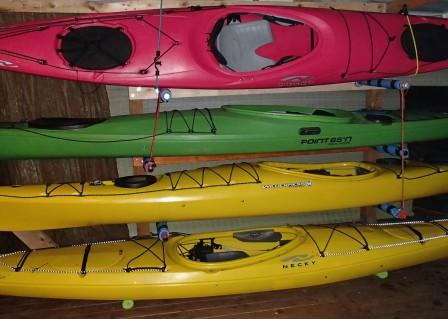Buying a sea kayak can seem like a complicated process. We often are asked about the differences in the materials used to build sea kayaks, and many people are drawn to plastic boats because of their comparatively low price and reputation for not needing much care. While the first consideration is true, a “put away and forget” attitude toward a plastic kayak may result in future unhappiness!
So, let’s talk briefly about what a “plastic” kayak is. They’re made of polyethylene plastic, heat molded by various processes so that the hull and deck form a single unit that only requires cutting out the hatch and cockpit openings and attaching the outfitting (seat, deck and carry lines, bungee cords, etc.). By contrast, composite boats made of fiberglass and other materials, have the deck and hull made separately, then joined together. The composite materials are more expensive and require much more labor to construct. Consequently, the resulting boats are more expensive.
The advantages of plastic kayaks are durability, particularly if dropped on a hard surface or from impact while paddling; and as mentioned before, this construction results in the lowest prices for both brand new and used boats. There are limits to the “no care” concept, however, as you’ll see below.




